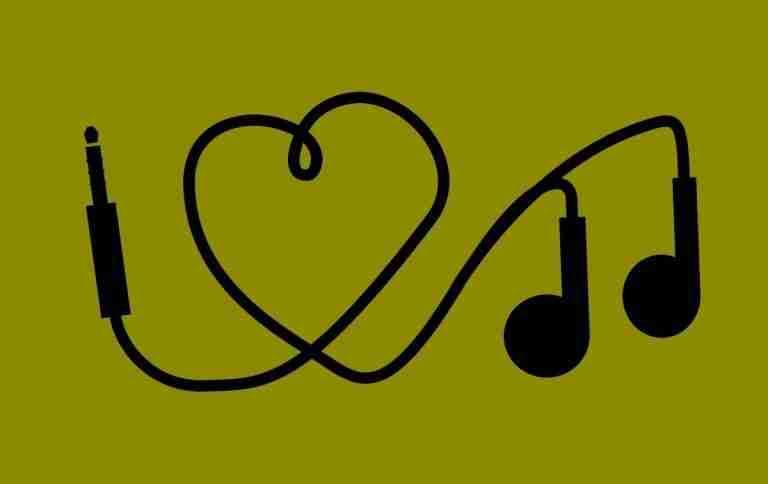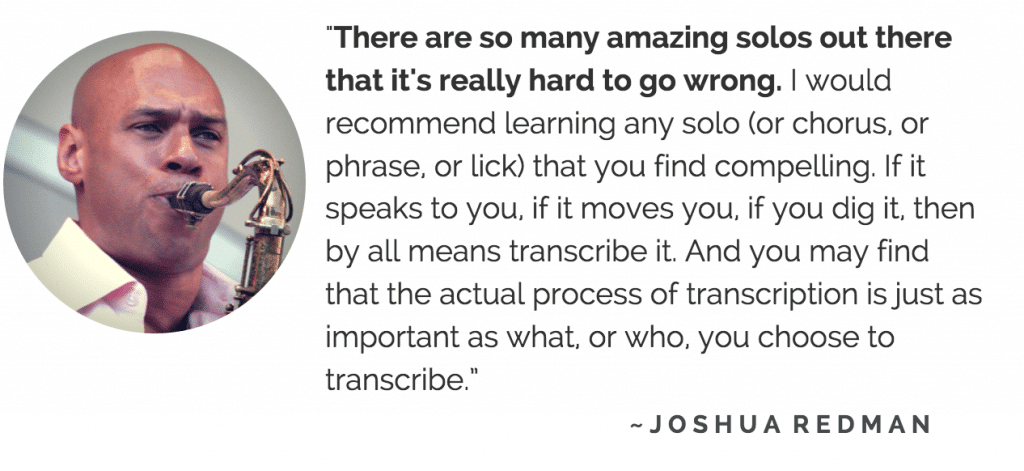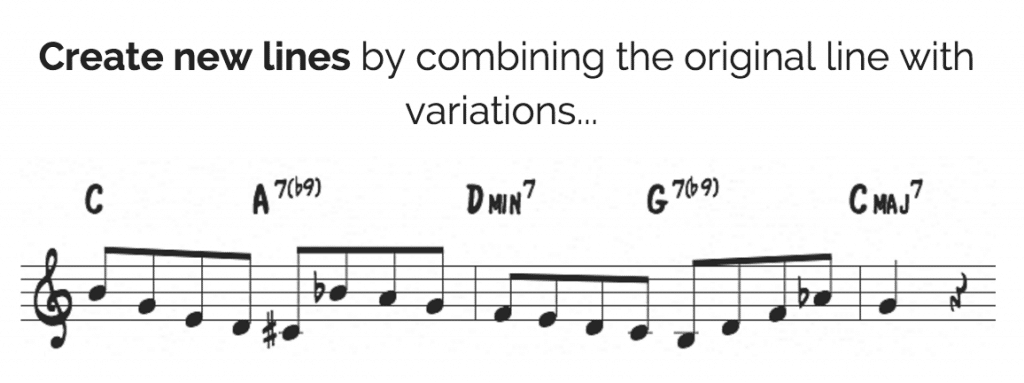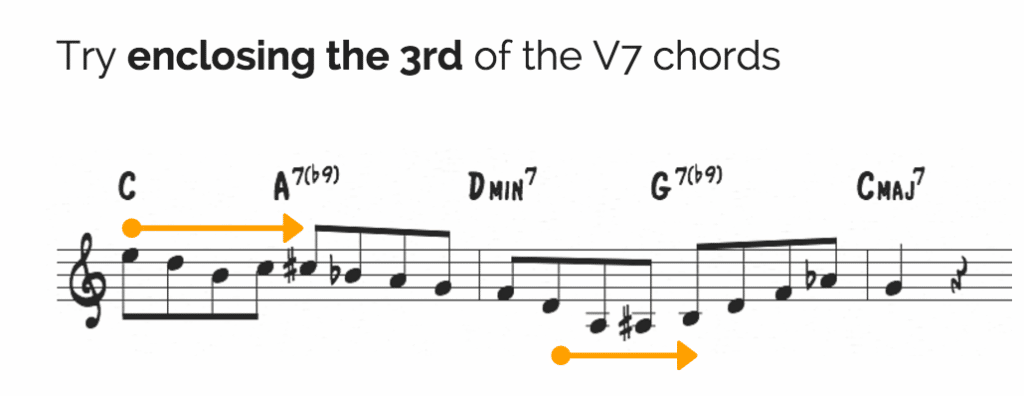What solo should I transcribe? You’ve probably asked yourself this question. And you’ve probably searched far and wide for answers. If you look in the Aebersold Jazz Handbook you’ll find a list with over 100 historically significant recordings to choose from…
Search the internet and you’ll see page after page of important players. For instance trumpet players have to deal with Louis Armstrong and Clark Terry, Miles and Dizzy, Lee Morgan, Kenny Dorham, Freddie Hubbard.
And that’s just scratching the surface…
So where do you begin with all of those options? How do you choose the solo that’s going to make you sound better?
Maybe you could start with just one player, like Clifford Brown. There’s his solo on Joy Spring or Cherokee or Sandu or Stompin’ at the Savoy or Jordu or Pent Up House…”
Suddenly you’re overwhelmed and right back where you started. Before you’ve even set out on your journey to learn the jazz language, you’re already falling behind…
Why less is more in learning jazz improvisation
What most people aren’t telling you is that you don’t have to transcribe hundreds of solos to start speaking the jazz language…
But you do have to learn a few of your favorite solos. Extremely well.
And that’s the key to getting started. Realizing that it’s OK to start at square one and understanding that you don’t have to rush to play catch-up with every jazz solo under the sun.
As a musician looking to improve quickly, picking one solo or phrase to focus on is much more effective and beneficial for your playing than rushing to learn 10 or 20 solos at once.
The transcription process is more important than memorizing hundreds of solos note for note and this is what will serve you well in developing a jazz vocabulary. Along the way it may feel like you’re falling behind, that you’re still working on that same solo…
But remember, there’s a secret in each great solo. Every line that you transcribe is the product of years of listening, years of lessons, and years of practice.
And if you do the work to ingrain each aspect of this one solo, you will have more than enough to material to start developing your own voice…
Stuck in a rut? Start with one transcribed line
When I first got to college I hadn’t transcribed at all…
I knew the rules of music theory and had listened to a good amount of records. And I did the best I could stumbling over chord progressions with the few licks that I’d memorized.
But as far as usable jazz language that I could play in my solos, I was empty handed…
Like many aspiring players, I knew that I should be transcribing jazz solos. The only problem was that I didn’t know how to start. Each time I sat down to focus on a solo I would hit a wall and feel frustrated that I wasn’t getting anywhere.
In the back of my mind I believed that I had to spend years transcribing hundreds of solos before I would start seeing results…
However, in one of my first trumpet lessons I had an epiphany. On this particular day my teacher didn’t lecture about music theory or the rules of a good solo. Instead he taught me a simple melodic line by ear.
The instructions were simple: Learn it in every key, memorize it, and have it mastered at a medium tempo by the next lesson.
This was the line:
The road to mastery
So for the next week I was on a mission….
Every time I stepped into the practice room I immediately got to work memorizing and working out this line, starting slowly in the key of C and gradually moving up to the other keys.
I repeated it at least 50 times in each key, increasing the tempo of the metronome, until it was ingrained in my mind, my ears and my fingers. Until I could play it in my sleep.
And after doing this exercise I noticed something different about my playing…
I was hearing this chord progression and this line popping up all the time in the jazz standards I was playing. Now I had a piece of jazz language to play, something that was in my ear, a line that I could visualize in my mind.
Instead of a bunch of information that I tried to cram into my head, this one deeply ingrained line opened up the door to countless possibilities, and this was the key to improving quickly.
I didn’t need to memorize an entire solo or sight-read lines out of a Michael Brecker transcription book, I just needed to ingrain small pieces of jazz language one at a time.
But that one line was just the beginning…
Why learning one line is not just “one line”
When you transcribe a line the goal isn’t to play it the exact same way every time.
Rather than a lick that’s set in stone, you want a malleable piece of jazz language that you can tailor to your current musical situation.
So let’s go back to that original line:
Once you have it ingrained in all 12 keys, your job is to make that line your own. To find ways to create simple variations of the line while retaining some of the original melodic content, harmonic material and shape.
Study why the line works, what chord tones make the line unique and where the resolutions occur between chords. Then work out small variations on these aspects of the line.
For example, you could start by inserting an ascending diminished arpeggio on the third of the V7 chords:
*Note how a Diminished arpeggio built on the third of the V7 chord resolves to the 5th of the next chord. Take this variation through every key and the various ranges of your instrument.
Next combine this diminished arpeggio idea with the original line:
See how many variations you can come up with using this concept! And notice how one variation resolves to the 3rd of the next chord and one to the 5th of the next chord.
You can also use concepts like enclosures to add melodic interest and contour to your lines as shown in the line below:
Aim for the third of the V7 chords and from there you can move down to the b9 in scalar motion or ascend up a diminished arpeggio. It all depends on what chord tones you want to emphasize and where you want your line to go.
Now it’s up to you…
Stop feeling overwhelmed when it comes to transcribing jazz solos.
Remember, you don’t have to spend hours transcribing dozens of solos to create usable jazz language that you can play in your solos.
Start with one line from one of your favorite players. The road to a solid jazz vocabulary starts with this simple line.
It could be a line from a Miles solo or a line you worked out on a V7 chord…
It’s up to you. Learn it in all 12 keys, memorize it, master it and make it your own!















